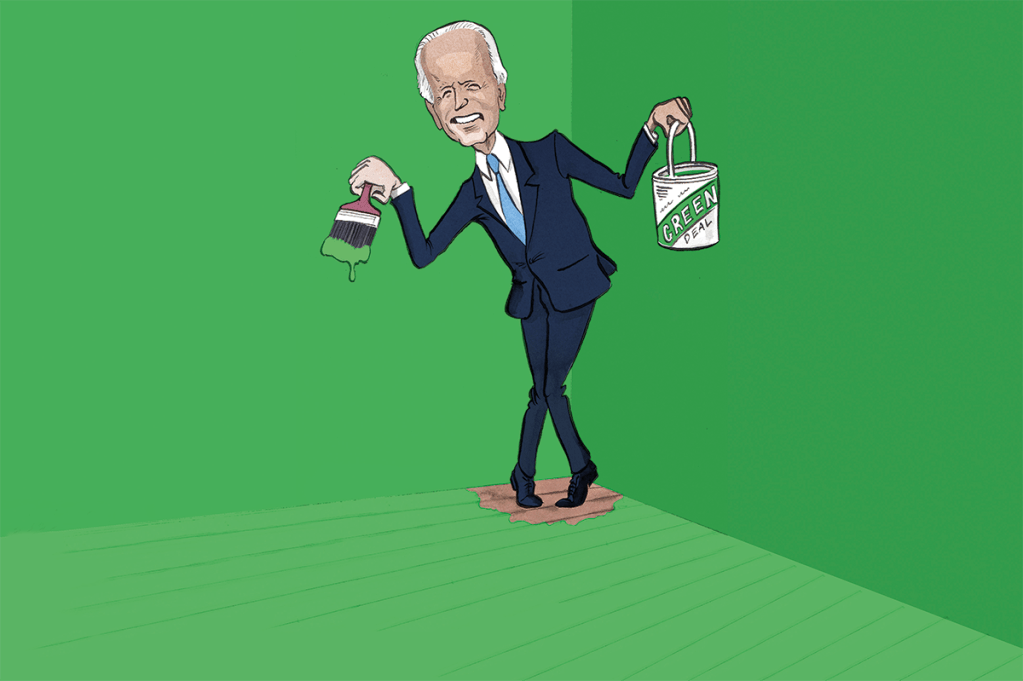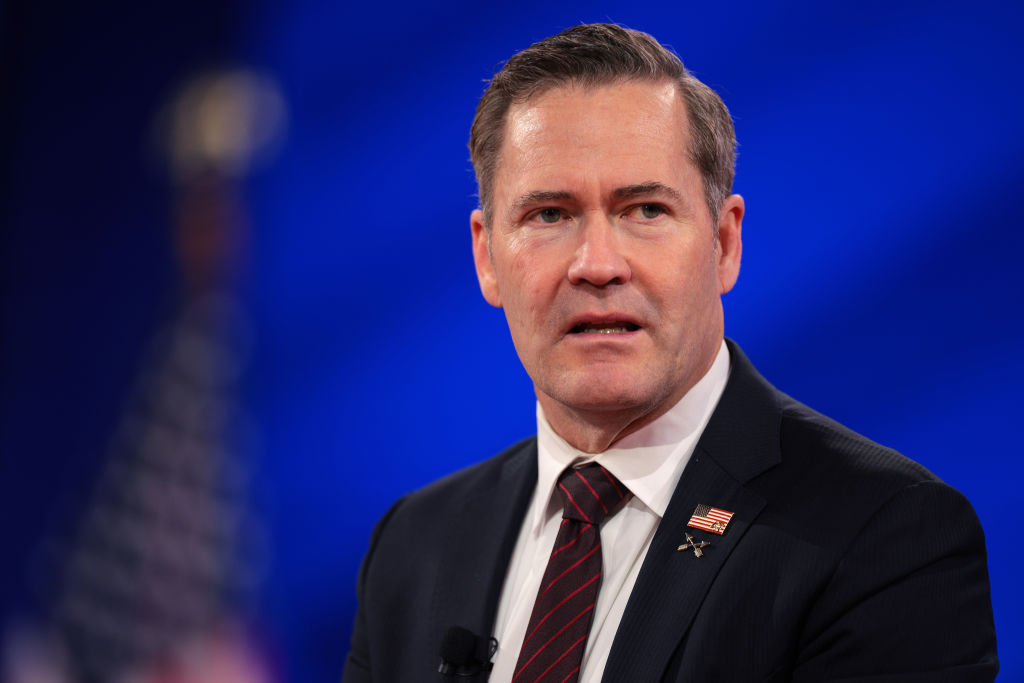With the current inflation rate still well above the Federal Reserve’s 2.0 percent target, it is only natural that critics of President Biden’s Inflation Reduction Act (IRA) treated its recent one-year anniversary as an opportunity to once again stress that the bill never had anything to do with inflation. Biden himself has finally admitted as much.
But what has received almost no attention is the degree to which big spending programs like the IRA — whose estimated cost has already spiraled up from $384.9 billion to $1.5 trillion — will further erode America’s social safety net. Especially the Medicare hospital insurance fund (Medicare Part A), which its trustees say will be depleted in 2031, and Social Security, which runs out of money just three years later, in 2034.
Even before the IRA was passed in August of 2022, experts like American Enterprise Institute senior fellow James C. Capretta were outlining the cuts now needed to preserve some semblance of the government’s largest benefit plans. They include an increase in the retirement age for beneficiaries, means testing for Social Security’s highest paid, higher co-payments for Medicare services and reduced medical coverage overall.
But each new spending program added to America’s current $33 trillion debt, even bills seemingly unrelated to social welfare, further erodes the protection America can offer its seniors and the poor. The reason is that no country with the kind of liabilities the US presently carries can take on substantially more debt without effectively watering down all its previous obligations.
As Bridgewater Associates founder Ray Dalio documents in Principles for Navigating Big Debt Crises, every fiscally challenged nation down through history that has tried to ignore this reality — selectively protecting some programs while disproportionately hurting others — eventually imploded. Only those heavily indebted countries that forced all factions to share in the pain of repayment were able to survive their monetary reckoning — not because it was fair, but because it was the only way to prevent a cash crisis from morphing into an all–out civil war.
Fainthearted politicians can certainly disguise this fact for a time by claiming that funds for popular programs like Social Security and Medicare have gone into a trust-like “lockbox.” But such legislative devices can always be tampered with and, indeed, have been. There is no limit to the means testing and inflation indexing of Social Security already suggested by experts like Capretta. Similarly, Medicare can always be propped with less comprehensive coverage.
It is also possible that a country can keep borrowing much longer than it should to cover repeated budget shortfalls, but this only expands what the beneficiaries of all public program will have to give up when wary US creditors refuse to keep lending or demand higher interest rates to cover their risk. Anyone who thinks supposedly “sacrosanct” services will be spared should ask the heavily indebted British about the rapidly declining quality of their National Health Service.
And as for the possibility that a more conservative president could repeat what President Reagan did in the 1980s — bail out the federal government with tax reductions that generate higher productivity and subsequently more tax revenue — well, one can always hold out hope. But such policies get increasingly hard to enact the more politically polarized a society has become. It is not a coincide that when Fitch Rating recently downgraded US debt, its chief concern was the country’s diminishing ability to govern itself through a financial crisis.
Perhaps the saddest thing in the case of the IRA is that whatever America’s seniors and poor give up for underwriting what is essentially a carbon reduction bill, their sacrifice will likely be for nothing. It is already becoming clear that outside of California, where mild weather is relatively kind to car batteries, consumers do not want to buy electric vehicles (EVs), even with billions of IRA subsidies.
According to Powerline, EVs constitute just 1 percent of all new automobile sales in the other forty-nine states, and demand for them in the resale market is virtually nonexistent. General Motors EV sales have already begun to fall as have those at Ford Motor, which expects an EV loss for 2023.

The other green technology heavily favored by the IRA, windmill power, is also turning out to be a dud. High construction costs, logistical challenges, limited lifespan (less than twenty years), maintenance problems and the inability to generate electricity in calm weather have prompted the UK to stop building new windmill farms. And overall, says a Barron’s cover story, “the industry is teetering, with a parade of companies planning to renegotiate or pull out of contracts, jeopardizing plans for projects that were expected to provide electricity for millions of homes.”
But what may prove most fatal to windmills is that people just don’t like the way they spoil the scenery. In May, a wind project in Colombia was canceled after fierce opposition from an indigenous tribe; a month later thousands of Druze in the Golan Heights rioted for the same reason. The late University of Cambridge physicist David J.C. MacKay has calculated that wind farms need to occupy 700 times more land than a fracking site to produce the same amount of energy.
Ironically, the one energy source which could economically substitute for fossil fuels, nuclear power, gets no IRA relief from regulatory hurdles standing in the way of its two promising innovations. The first, an updated “neutron reactor,” eliminates the problem of radioactive waste by recycling fuel until it is used up. The other, a so-called “modular reactor,” resists both natural disasters and terrorist sabotage.
As a result of President Biden’s Inflation Reduction Act, the Congressional Budget Office now predicts that in just eight years the interest on US debt will equal all discretionary, nondefense spending. There is no way that can happen without ultimately forcing major concessions from Medicare, Medicaid and Social Security, all the while producing little if any environmental benefit.

























